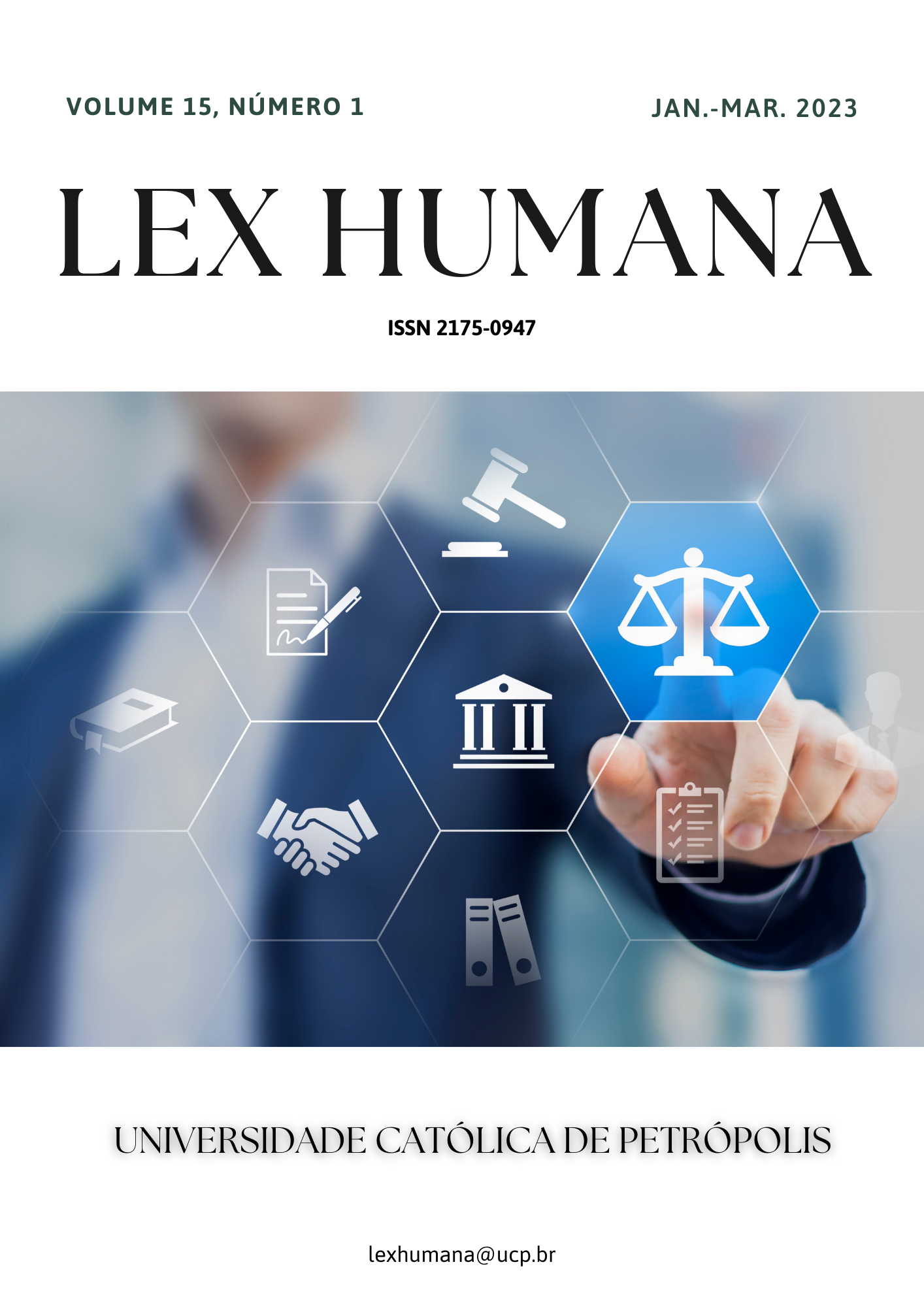Resumo
A coabitação solteira é uma união que envolve tanto a coabitação quanto o consórcio de emoções, estilo de vida conjunto e cooperação econômica entre seus parceiros. Ela tem crescido em diferentes jurisdições, incluindo a Índia. Nesta realidade social em transformação, ela deve receber tanto o reconhecimento constitucional quanto a proteção estatutária. A manutenção é um elemento importante desta relação, especialmente para o parceiro feminino. Este documento se concentra na coabitação heterossexual não casada na Índia e no direito de manutenção da mulher dentro dela. Através de um exame das disposições da Constituição da Índia, as autoras discutiram a necessidade de proteção destas relações. Os autores também analisaram o desenvolvimento do direito de manutenção na coabitação não-casada, principalmente através de jurisprudências sobre o assunto. As autoras tentaram sugerir uma estrutura para fortalecer a atual lei de manutenção para as parceiras femininas, a fim de torná-la um recurso mais eficaz.
Referências
Hearn, E.W. (1878). The Aryan household: its structure and its development: an introduction to comparative jurisprudence. George Robertson.
Kirpal, S. (2020). Love and marriage. In Kirpal, S. (Ed.), Sex and the Supreme Court (pp. 117-135). Hachette India.
Menon, N. (2012). Seeing like a feminist. Penguin Random House India.
Agnes, F. (2009). Conjugality, property morality and maintenance. Economic and Political Weekly, 44 (4), 58-64.
Baker, K. (2020). What is non-marriage?. SMU Law Review, 73(2), 201-249.
Diwan, P. (1985). Claim of maintenance under Criminal Procedure Code. Journal of Indian Law Institute, 27 (2), 291-317.
Kandoian, E. (1987). Cohabitation, common law marriage, and the possibility of a Shared Moral Life. Georgetown Law Journal, 75 (6), 1829-1874.
Karanjawala, T. and Chugh, S. (2009). The legal battle against domestic violence in india: evolution and analysis. International Journal of Law, Policy and the Family, 23 (3), 289-308.
Krolokk, C. (2022, August 5). Three waves of feminism, from suffragettes to grrls. https://www.sagepub.com/sites/default/files/upm-binaries/6236_Chapter_1_Krolokke_2nd_Rev_Final_Pdf.pdf.
Menon, N. (2013). Shaping of future judges: tasks, challenges and strategies. Journal
of National Law University, Delhi, 1, 49-62.
Shehan, C. Berardo, F. Owens E. & Berardo D. (2002). Alimony: an anomaly in family social science. Family Relations, 51(4), 308-316.
Verrnier, C. & Hurlburt, J. Chester G. (1939). The historical background of alimony law and its present statutory structure. Law and Contemporary Problems, 6(2), 197-212.
India TV. (2022, July 27). 80% Indians support live-in as a way of life, says survey. https://www.indiatvnews.com/lifestyle/news-80-indians-support-live-in-relationship-as-a-way-of-life-says-survey-443161
Department Related Parliamentary Standing Committee on Human Resource Development on The Protection from Domestic Violence Bill, 2002 (Report No. 124).
Aruna Pramod Shah v Union of India 2008 (102) DRJ 543
Badri Prasad v Dy Director of Consolidation (1978) 3 SCC 527
Badshah v Urmila Badshah & Anr. (2014) 1 SCC 188
Chanmuniya v Virendra Singh Khushwaha (2011) 1 SCC 141
Dawood v Minister of Home Affairs, (2000) 3 SA 936 (CC)
Deepika Singh v Central Administrative Tribunal 2022 SCCOnline SC 1088
Dwarka Prasad Satpathy v Bidyut Dixit 2000 CrLJ 1 SC
Gulza Kumari & Ors. v State of Punjab & Ors PLR (2021) 202 P&H 711 (2)
Harvinder Kaur v Harmander Singh Choudhry AIR 1984 Del 66
Indra Sarma v VKV Sarma
Lata Singh v State of UP (2006) 5 SCC 475
M. Shanmugha Udayar v Sivanandam & Ors AIR 1994 Mad 123
Malarkodi Malar v Chief Internal Audit Officer (2021) Mad HC Writ Petition No. 5706 of 2021
Marvin v Marvin 18 Cal. 3d 660
Payal Sharma v Nari Neketan, AIR 2001 All 254
Smt. Yamunabai Annatrao Adhav v Anantrao Shivram Adhav AIR 1988 SC 644
Zeenat Parveen v State of Uttar Pradesh 2021

Este trabalho está licenciado sob uma licença Creative Commons Attribution-NonCommercial-NoDerivatives 4.0 International License.
Copyright (c) 2023 Lex Humana (ISSN 2175-0947)
